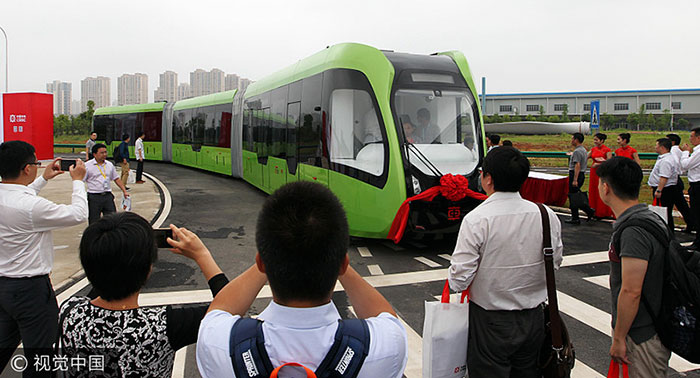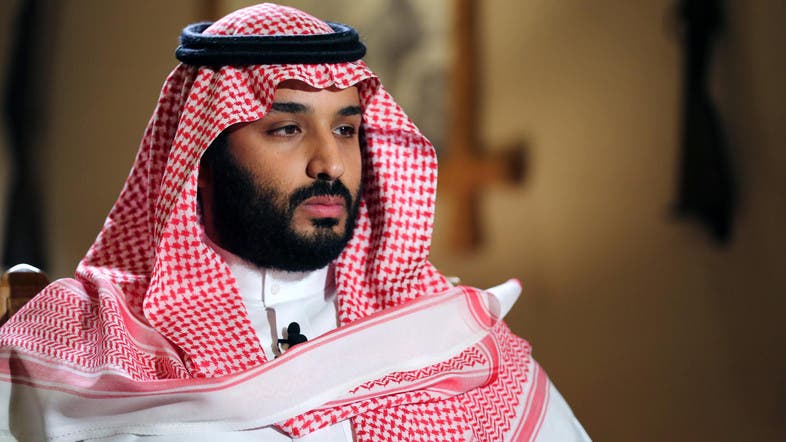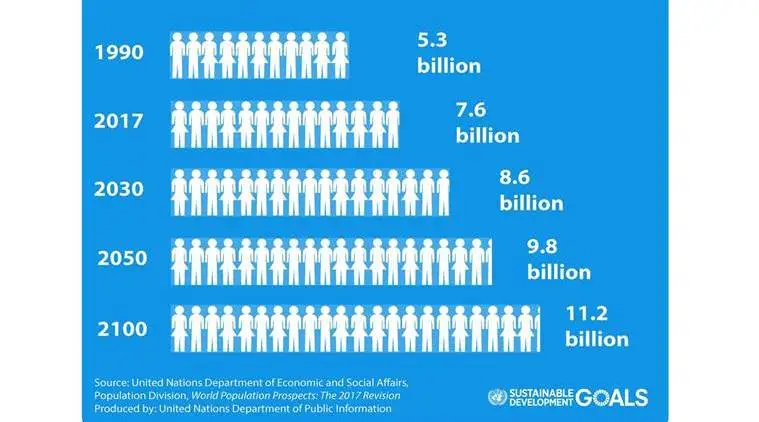1. India ratifies UN TIR Convention in a bid to Counter China’s OBOR.
India became the 71st country on Monday to join the United Nations TIR Convention, the international customs transit system, to position itself as a regional trading and transit hub.
The TIR system is the international customs transit system with the widest geographical coverage.
As other customs transit procedures, the TIR procedure enables goods to move under customs control across international borders without the payment of the duties and taxes.
TIR Convention is more than a transport agreement and has a strong foreign policy element.
In a world where China`s `One Belt One Road` (OBOR)+ is the dominating project straddling economics and geopolitics, India has no option but to play a better game if it wants to be counted as a serious rising power.
2. Lockheed and Tata sign Pact to make F-16 Planes in India.

Weeks ahead of Prime Minister Narendra Modi’s first meeting with U.S. President Donald Trump, U.S. aircraft major Lockheed Martin and Tata Advanced Systems Limited (TASL) signed an agreement to make the F-16 Block 70 fighter aircraft in India to meet the IAF’s single-engine jet requirement.
The IAF is about to initiate the process for selection of a single-engine fighter aircraft to replace the Russian MiGs under the Strategic Partnership model of the Defence Procurement Procedure. The announcement from Paris Air Show, where among those present was Ratan Tata, came ahead of Mr. Modi’s meeting with Trump later this month.
“This agreement builds on the already established joint venture between Lockheed Martin and Tata and underscores the relationship and commitment between the two companies,” said N. Chandrasekaran, chairman of Tata Sons.
The Strategic Partnership model has four segments — submarines, single-engine fighter aircraft, helicopters and armoured carriers/main battle tanks — and specifically intends to open up defence manufacturing to the private sector. The deal for 100- plus fighter aircraft is estimated to be worth over ?60,000 crore.
The contenders for the deal are F-16 of Lockheed Martin and Gripen of SAAB. The likely Indian private sector players in the race are TASL and Mahindra group, both of which have a footprint in the aerospace sector.
3.Environmental Impact Survey 2017.

India has been ranked 75th out of 102 countries in a list that ranks the countries in terms of the human impact on environment per person.
The ranking has been done by MoneySuperMarket, a UK-based financial services website.
The ranking has been made based on the impact the citizens have on the environment by taking into account energy consumption, air pollution, waste production, reliance on non-renewable energy, the carbon dioxide emissions per capita, wastewater treatment capacity, municipal solid waste generated and tree cover loss etc. Of all the parameters, the most weight has been given to Carbon dioxide emissions, municipal solid waste and energy consumption.
Top 10 Performers:
Mozambique (1st), Ethiopia (2nd), Zambia (3rd), Latvia (4th), Kenya (5th), Albania (6th), Ghana (7th), Tajikistan (8th), Nepal (9th), Colombia (10th).
Worst Performers:
Trinidad and Tobago (102nd), United States (101st), Sri Lanka (100th), Ireland (99th), Canada (98th), China (97th), Australia (96th), South Africa (95th), Cyprus (94th), Malaysia (93rd).
Mozambique has topped the list as it derives almost all of its energy from green sources.
India, on the other hand, has been placed at 75th place as its renewable energy sources make up only 15.2% of all energy sources used.
The US has been placed second last on the list at the 101st position as the U.S. per capita carbon dioxide emissions are 17 tonnes per capita.
Further, the country generates 2.58 kgs of municipal solid waste per person, and the energy consumption is 312.79 BTU per capita. Also, its reliance on renewable sources are even lower than India at 12.56% India, on the other hand, generates 1.7 tonnes of carbon dioxide per capita (between 1990 and 2011), 0.34 kgs of municipal solid waste generated per day per person, and energy consumption at 19.75 BTU (British Thermal Unit.) India has been ranked poorly due to its low reliance on renewable energy (15.2%).
### 4. International Yoga Day June 21st 2017.

June 21st is annually celebrated as International Yoga Day since the year 2015. This year, the 3rd International Day of Yoga is being observed.
The purpose of the yoga day is to promote yoga and make it as a part of people’s daily routine. The President of India, Pranab Mukherjee has inaugurated a mass yoga demonstration to commemorate the 3rd International Day of Yoga at Rashtrapati Bhavan.
According to UN, this year Yoga Day’s theme is “Yoga for Health“. The theme has been chosen to highlight the fact that yoga can contribute in a holistic way to achieving an equilibrium between mind and body.
To mark the celebrations, massive Yoga practice sessions and demonstrations were being held in several places across the country and the world. This year many organisations are organising events to create a Guinness World Record by forming longest human chains and other Yoga related activities.
In total, around 5,000 events have been scheduled to take place in about 180 countries. Some of the countries in which yoga day are celebrated are China, UK, the US, Bangladesh, South Africa etc.
Indian high commissions around the world have organised many mass yoga demonstrations at various parts of the world. To mark the occasion, the headquarters of the United Nations in New York has been lit up with images of yoga postures.
5. China unveils World’s First Train that runs on Virtual Tracks.

The new trains are non-polluting as they are battery powered. The train is capable of reaching a top speed of 70 kmph and can travel a distance of 25 km by just charging for 10 minutes.
The train which is only about 32 metres long can carry up to 307 passengers. The new trains are fitted with sensors which are capable of detecting the dimensions of the road permitting it to follow the routes without the need for metal rails.
So it can run without the presence of tracks. The new trains will make use of rubber wheels on a plastic core and can be automatically guided without rails.
This new technology has been copyrighted by the Chinese rail corporation. The train will be rolled out for public use in 2018.
It will be launched in the Chinese city of Zhuzhou in a bid to help to deal with traffic in the area. The new train is expected to have a lifespan of around 25 years. The cost of the new train is only a fifth of the price of a traditional subway system.
6.NASA tests ROSA on Space Station for First Time.

ROSA is an advanced, flexible solar array that rolls out like a tape measure. The ROSA is very much flexible so that it can be adapted to different sizes including very large arrays.
ROSA is expected to provide power for a variety of future spacecraft and satellites. ROSA will be an asset for satellite radio and television, weather forecasting, GPS and other services used on the Earth.
The NASA engineers remotely attached the ROSA to the International Space Station’s robotic Canadarm2. ROSA will remain attached to the Canadarm2 over seven days to test its effectiveness.
Scientists will test the effectiveness of ROSA in the microgravity and extreme temperatures of space. ROSA is smaller and lighter than the traditional panels and has a centre wing build of a flexible material containing photovoltaic cells to convert light into electricity.
The narrow arm extends on both the sides of the wing to provide support, called a high strain composite boom. These booms are like split tubes made of a stiff composite material. The technology of the booms will be a boon for communications and radar antennas and other instruments.
### 7. Saudi Arabia: King names Son as new Crown Prince.

Prince Mohammed bin Salman’s appointment as the first in line to the throne is seen by the younger generation as a sign that things are changing in the kingdom.
Before his appointment, Prince Salman was responsible for leading Saudi Arabia’s war in Yemen. Prince Salman who is only 31 years old could lead Saudi Arabia for decades which means the kingdom will have a long period of internal stability.
However, at the same time Mohammed bin Salman’s closeness to US President Donald Trump could increase pressure against Iran, which has the potential to raise tensions in the region.
8. Russian diplomat appointed to lead new UN counter-terror unit.

The United Nations has appointed veteran Russian diplomat Vladimir Voronkov to head a newly-established counter-terrorism division, despite growing tensions between the US and Russia.
UN deputy spokesman Farhan Haq announced the appointment made by Secretary General Antonio Guterres, one week after the General Assembly voted to create the new coordinating body.
It will oversee the counter-terrorism efforts of 36 UN-funded programmes currently housed under a variety of UN agencies, 12 inter-agency working groups, as well as Interpol, and the World Customs Organisation.
9. 10th Anniversary Celebrations of Indo-Russian Partnership in Science and Technology.

DST concludes a MOU with FASIE to promote Indo-Russian R&D cooperation for start-ups and SME sector.
A MOU on the India-Russia unified technology assessment and accelerated commercialization programme, was concluded in Moscow in 20th June 2017, by the Secretary, Department of Science & Technology (DST) Professor Ashutosh Sharma and Director General, Foundation for Assistance to Small Innovative Enterprises (FASIE), Russia Dr. Sergey Polyakov.
The MOU aims at facilitating support enterprises to improve their global competitiveness through international cooperation, innovative activities and technology transfer. The two agencies (DST and FASIE) will link the Indian and Russian organisations and institutions to develop user-friendly and easy mechanisms for assisting companies and research entities to jointly develop technology collaboration and joint projects.
Professor Ashutosh Sharma also met with Dr Alexander Vitalievich Khulnov, Director General, Russian Science Foundation (RSF) in Moscow. They discussed many simple ways for encouraging young scientists to cooperate in areas of mutual interest.
The meeting concluded with an Addendum to the Agreement between DST and RSF on coordinated competition for conducting collaborating research. Both sides would support young achievers (less than 39 years) in a competitive mode for joint collaborative research. Next call for proposals would be made in 2018. Presently 17 joint projects are being supported by DST and RSF jointly.
10. South China Sea Dispute: China launches Research Project to Compile Data on Disputed Region.
China has launched a research project aimed at compiling historical data obtained during earlier expeditions conducted by its teams to the disputed South China Sea since the late 1950s.
11. US Approves Sale of UAV Technology to India.

The United States has cleared the sale of the state-of-the-art Guardian 22 unmanned Guardian drones to India.
The deal to sell UAV drones to India is estimated to be worth $2 to $3 billion. Though the deal has been approved by the State Department, an official announcement regarding the deal is yet to be announced.
The transfer of the state-of-the-art UAV technology to India will be the first significant progress after India’s entry into the exclusive Missile Technology Control Regime (MTCR) and after the US has designated India as a major defence partner.
India became the 35th full member of the Missile Technology Control Regime (MTCR) in June 2016. The transfer of Guardian UAV technology is aimed at furthering mutual security interests to protect the Indian Ocean.
12. India to become more Populous than China by 2024.

Despite the drop in universal fertility rates, the UN report expects the world’s total population to hit 9.8 billion by 2050.
As per the report, the world’s population is at present 7.6 billion up from 7.4 billion last year. The increase in population was spurred by the relatively high levels of fertility in developing countries.
With an addition of 82 million people every year, UN expects a continuation of the upward trend in population size. At this rate, the world population is expected to reach 8.6 billion in 2030, 9.8 billion in 2050 and surpass 11.2 billion in 2100.
As per the report, the concentration of global population growth in the poorest countries is presenting a challenge. The population growth is expected to come from the 47 least developed countries where the fertility rate is around 4.3 births per woman. At this rate, the population in these countries would reach 1.9 billion people in 2050.
It presents a challenge as the world seeks to implement the 2030 Sustainable Development Agenda, which is aimed to end poverty and preserve the planet.
13. Trump`s top aide Kenneth Juster to be America`s new ambassador to India.

Kenneth I Juster, a top aide of US President Donald Trump, is set to be America`s new ambassador to India, the White House said on 23rd June 2017.
62-year-old Juster, who is the Deputy Assistant to the US president for International Economic Affairs and Deputy Director of his National Economic Council, would replace Richard Verma if nominated and confirmed by the Senate.
"Ken Juster`s move to Indian Ambassador is because he is extremely qualified for the position," White House deputy spokesperson Lindsay E Walters confirmed to PTI about the news which was first reported by The Washington Post today.
"Ken has a strong and positive relationship with everyone in the White House, including the president," Walters said.
The move has been welcomed by widely respected Ashley Telis, the top India expert in the US.
14. China`s largest power project in Russia starts operation.

YAROSLAVL - A 483-MW gas-steam combined heat and power (CHP) plant built by a China-Russia joint venture has been officially brought online, China`s Huadian Corporation announced Tuesday.
The CHP is the tangible result of the Huadian-Teninskaya joint project, which was launched by China Huadian Hong Kong Co Ltd and Russia`s second regional power company TGC-2 in 2011, with a total investment of $571 million.
As China`s largest electricity project in Russia, the project was designed to generate 3.02 billion KWH of electric energy and 814,000 Giga of heating supply annually.
"The completion of the Huadian-Teninskaya project is of great significance to the Yaroslavl Province. It will improve the living quality of local citizens," acting governor of the Yaroslavl Province Dmitry Mironov said during the operating ceremony held on the project site.
15. UNESCO: Paris Agreement Only Way to Save Coral Reefs.

A report by UNESCO has concluded that cutting down emissions and delivering the Paris Climate agreement to be the only ways out to save coral reefs the world over.
This is the first global assessment of the impact of climate change on world heritage listed coral reefs. The assessment studies the impact of climate change on 29 world Heritage-listed coral reefs.
The assessment has found that local responses are no longer sufficient. The report has found that global warming caused by an increase in frequency, intensity, and duration of heat-stress events has massive consequences for the 29 world heritage sites.
The report has warned that world’s coral reefs will die out completely by mid-century unless carbon emissions are reduced. The consequences could also be severe for millions of people worldwide. It is estimated that at least 25 coral reefs are set to experience twice-per-decade severe bleaching events by 2040.
As per the report in the last three years, 25 out of 29 coral reefs which comprise three-fourths of the world’s reef systems has experienced severe bleaching events which are labelled as the worst-ever sequence of bleachings to date.
According to the report, by 2100 most of the coral reef system would die unless carbon emissions are reduced.